



In July 2022, a scientist claimed1 that he has discovered a large ozone hole over the tropics. The evidence generated several critical reactions from leading climate scientists around the world.
Given the importance of the ozone layer in protecting life on Earth by absorbing the sun’s harmful ultraviolet radiation, why is the claim important and is there really an ozone hole that we have so far been unaware of?
In 1979, the National Aeronautics and Space Administration (NASA)’s Total Ozone Mapping Spectrometer (TOMS) calculated the ozone concentration2. It defined an ozone hole as an area where the concentration of ozone molecules drops below 220 Dobson Units (DU)3.
The research in question4 introduces a new methodology and modelling technique that defines an ozone hole as per the percentage loss of ozone concentration over a given area. In this case, the reference value is taken as the concentration of ozone in the 1960s, when very few fluorinated-gases were released in the atmosphere.
If the concentration falls by 25 per cent or more of the reference value, it is defined as an ozone hole. Further, the author suggests that the tropical ozone hole can not be captured by the original data.
One of the issues with proposing a new definition for what an ozone hole constitutes is its sensational nature. The formulation of a construct like ozone hole in the 1970s was to convey the disastrous impact of UV rays due to the ‘thinning’ of the layer. Does the loss of ozone by a certain amount pose a similar threat? We don’t have any conclusive evidence.
The study drew strong reactions from the scientific community. Paul Young, a researcher at Lancaster University specialising in scientific assessments of ozone depletion, said that there is no ‘tropical ozone hole’. He added that the long-term changes and year-to-year variability of the ozone layer in the tropical lower stratosphere (~15-20 km up) are well understood to be the result of both human-driven processes and natural drivers5.
Another researcher, Dr Martha Alvarez from the University of Madrid, rejected the findings saying that the ozone depletion in the tropics is nothing new and is mainly due to the acceleration of the Brewer-Dobson circulation6.
Martyn Chipperfield, Professor of Atmospheric Chemistry, University of Leeds, was also suspicious of the study as it didn’t provide a convincing mechanism that could explain the large amount of loss of ozone as claimed by the author.7
Indeed, questions have also been raised on the use of 1960s dataset which lacks evidence-based observations and was prepared using model reconstructions. This further problematises the findings.
A leading climate scientist at Massachusetts Institute of Technology, Professor Susan Solomon, does accept the tropical ozone loss to be an area for researchers to investigate8. However, she is not convinced by the study’s claim of the existence of an ozone hole over the tropics. She ascribes the loss of ozone to natural phenomena such as stratospheric winds.
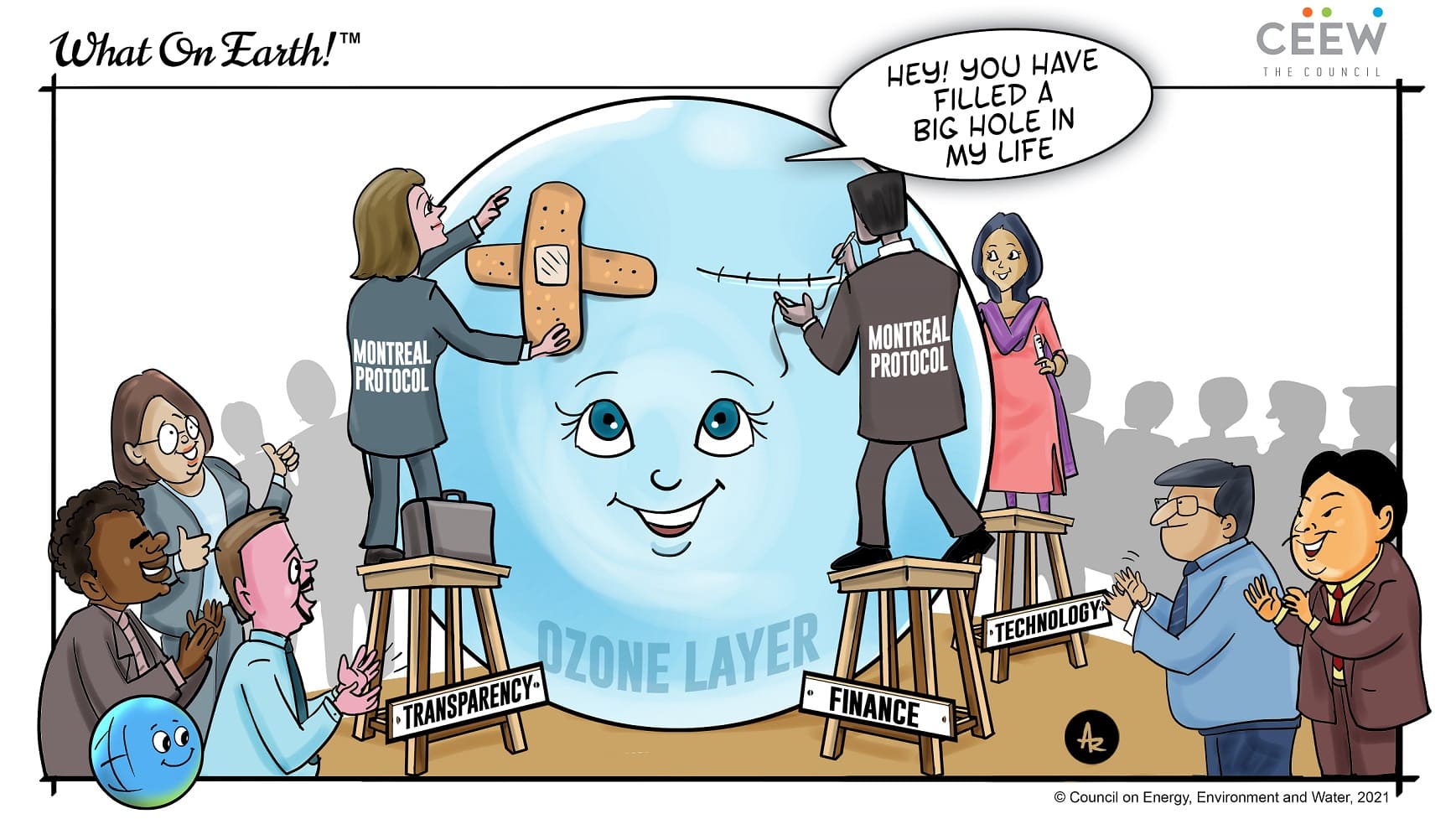
When scientists discovered a large ozone hole over Antarctica in the 1970s, it triggered action for course correction at a global scale. The imminent existential risk to all life led to the formulation of the Montreal Protocol, an international agreement to phase-out ozone depleting substances, such as chlorofluorocarbons (CFCs) and hydrochlorofluorocarbons (HCFCs)9, and thereby avoid any further damage to the ozone layer.
Since coming into force in 1989, the treaty has been widely adopted, ratified and implemented10. In jurisdictions such as the United States and the European Union, there has been a ban on the production and import of CFCs and HCFCs for several years now, and by 2030, the existing stock of HCFCs is expected to be phased-out11,12.
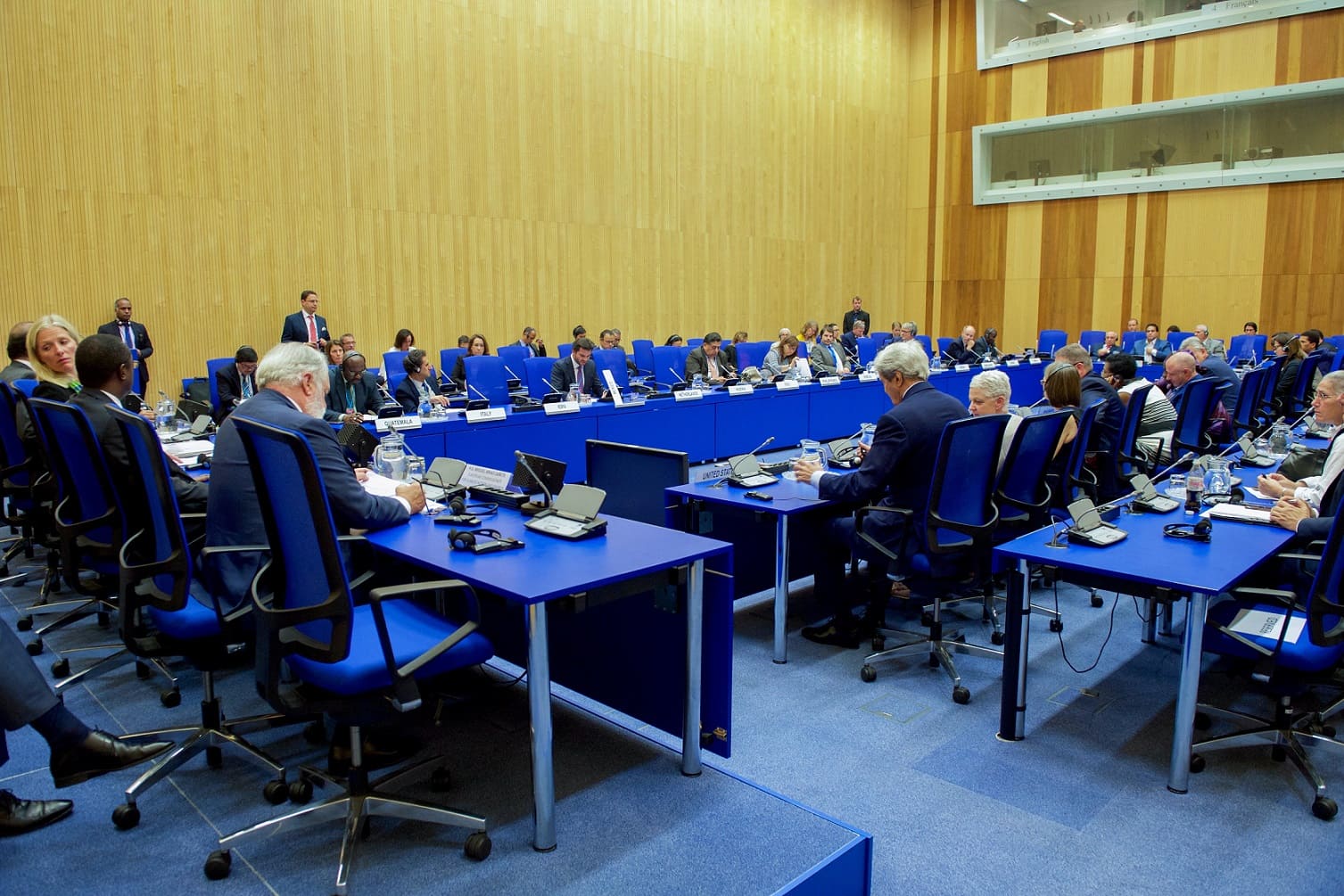
Source: Alamy. Negotiations to amend the Montreal Protocol climate change agreement at the Vienna International Centre, July 22, 2016.
With the Kigali Amendment to the Montreal Protocol, many countries have also recognised the impact of greenhouse gases with high global warming potential (GWP) like HFCs, thus widening the original ambit of the treaty. Under the Kigali Amendment, vigorous efforts are being made across the world to curb the production and use of HFCs such as the European F-gas regulation and green labelling scheme in Singapore13 (which tells consumers about the refrigerant used in their ACs).
India, too, played a very important role in shaping the Montreal Protocol. It has also ratified the Kigali Amendment, and in line with it, an HFC phase-down plan will be prepared by 202414. As one of the first countries in the world to look at the cooling sector strategically, India has released a national cooling action plan. The plan holistically combines the Montreal Protocol commitments, energy-efficiency goals and developmental priorities of India15.
Further, India also has a very successful air-conditioners’ star-labelling programme that helps consumers choose more energy-efficient units over less efficient ones.
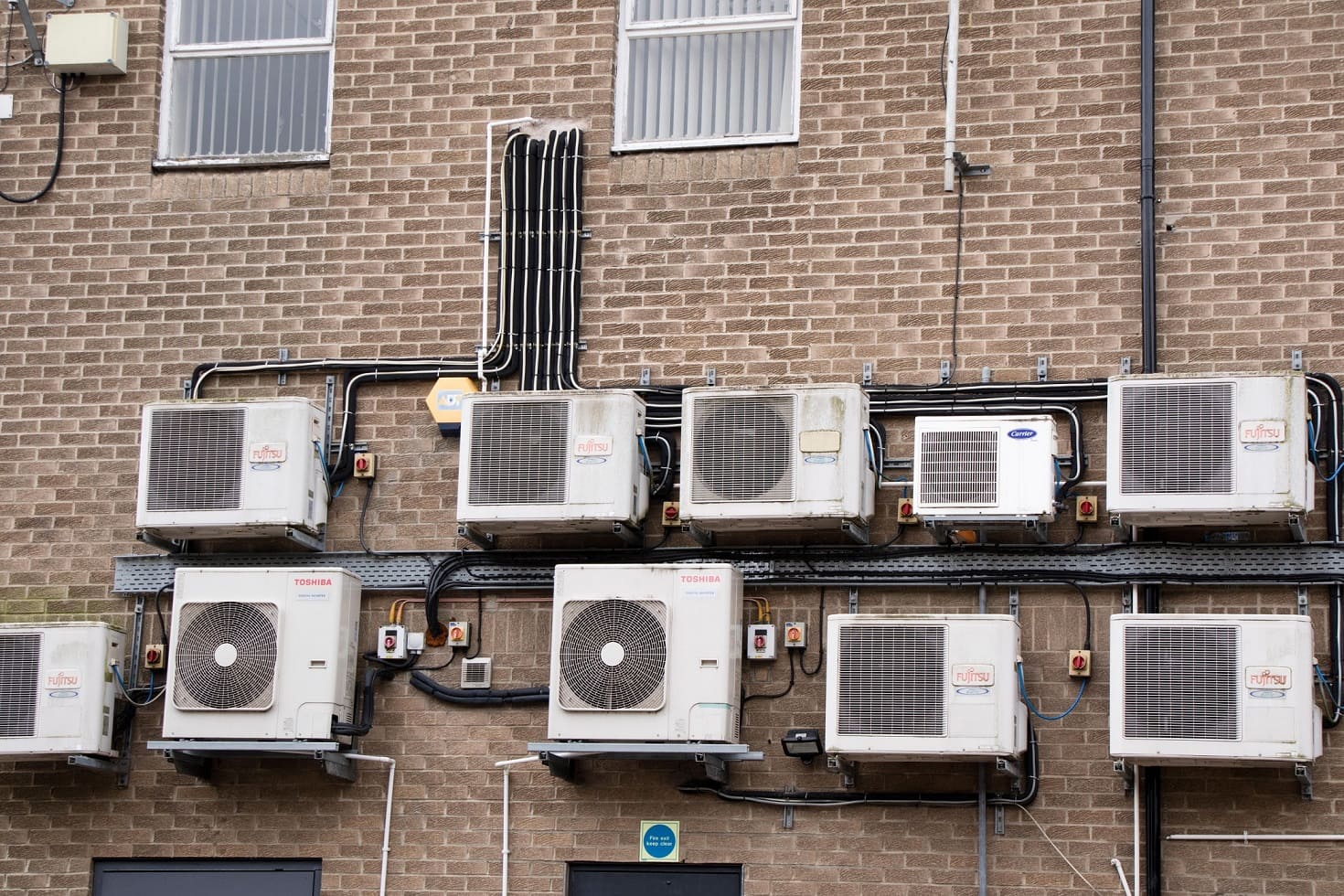
Source: Alamy.
After all these corrective measures implemented over the last three decades, the ozone hole does show signs of recovery. As a significant milestone for the Montreal Protocol, in August 2022, scientists at the National Oceanic and Atmospheric Administration (NOAA) reported16 a 50 per cent (approx) decrease in the concentration of ozone depleting substances in August 2022. The current levels are equivalent to the ozone-depleting substances (ODS) levels in 1980. At this rate, the ozone hole in these regions will recover by 2050.
However, as per the same Ozone Depleting Gas Index17 put out by NOAA, the healing of the Antarctic Ozone hole has been comparatively slow. The ODS concentration has dropped by about 25 percent only, relative to the levels in the 1990s. There is much cause for celebration, but there is also a need to be vigilant to stay the course till 2070, when the Antarctic hole is projected to recover.
The responses of climate researchers about the supposed new tropical ozone hole around the world clearly indicate that there is no definitive evidence to uphold the theory. However, the loss of ozone in the lower stratospheric regions of tropics is an interesting development which researchers need to explore in the future.
As the world continues to steer the Montreal Protocol to further success, new scientific evidence about the health of the ozone layer must be generated; and only after robust evaluation should be admitted as feedback to the policy-making process.
Whether the situation is alarming or not will depend on the soundness of the methodologies used and the subsequent evidence provided. At this point, without causing any alarm, it is important to maintain the focus on ensuring compliance with the Montreal Protocol.
Notes
1 https://aip.scitation.org/doi/10.1063/5.0094629
2 https://eospso.nasa.gov/missions/total-ozone-mapping-spectrometer-earth-probe
3 The Dobson unit (DU) is a unit of measurement of the amount of a trace gas in a vertical column. A typical column amount of 300 DU of atmospheric ozone would form a 3 mm layer of pure gas at the surface of the Earth, if its temperature and pressure conformed to standard temperature and pressure.
4 https://aip.scitation.org/doi/10.1063/5.0094629
5 https://www.sciencemediacentre.org/expert-reaction-to-research-claiming-ozone-hole-over-tropics/
6 Brewer-Dobson circulation explains the movement of ozone molecules from the tropics to the poles due to the rising of tropospheric air. It is a key feature of stratospheric circulation patterns and accounts for why ozone concentration is more in polar regions despite most ozone molecules getting formed over the tropical regions. For more, please see https://agupubs.onlinelibrary.wiley.com/doi/10.1002/2013RG000448
9 Chlorofluorocarbons and Hydrochlorofluorocarbons are extensively used as refrigerants and blowing agents.
11 https://www.epa.gov/ods-phaseout
12 https://www.eea.europa.eu/ims/consumption-of-ozone-depleting-substances
14 https://pib.gov.in/PressReleasePage.aspx?PRID=1746948#
17 The ODGI is defined by the observed decline in halogen concentration from its peak in Antarctica relative to the drop needed to reach its value in 1980, which corresponds to the time when the Antarctic ozone hole was detected.
Himanshu Dixit is a Research Analyst at the Council on Energy, Environment and Water (CEEW), an independent not-for-profit policy research institution. Send your comments to [email protected]



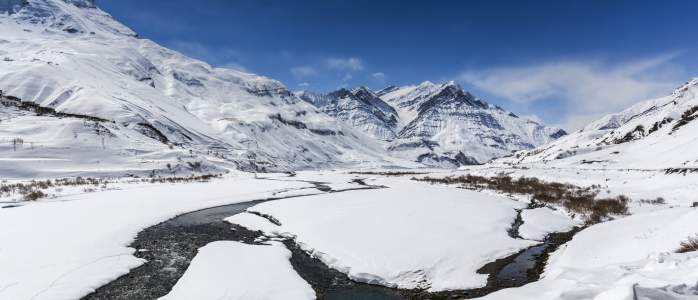
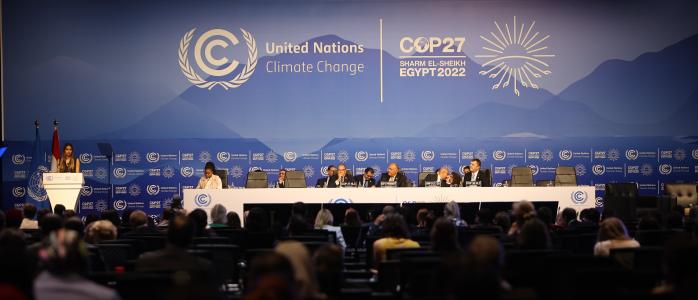
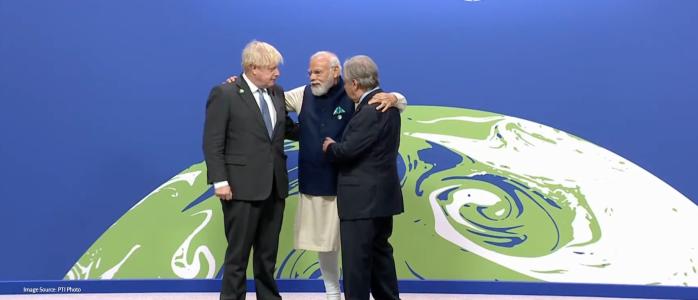
Add new comment